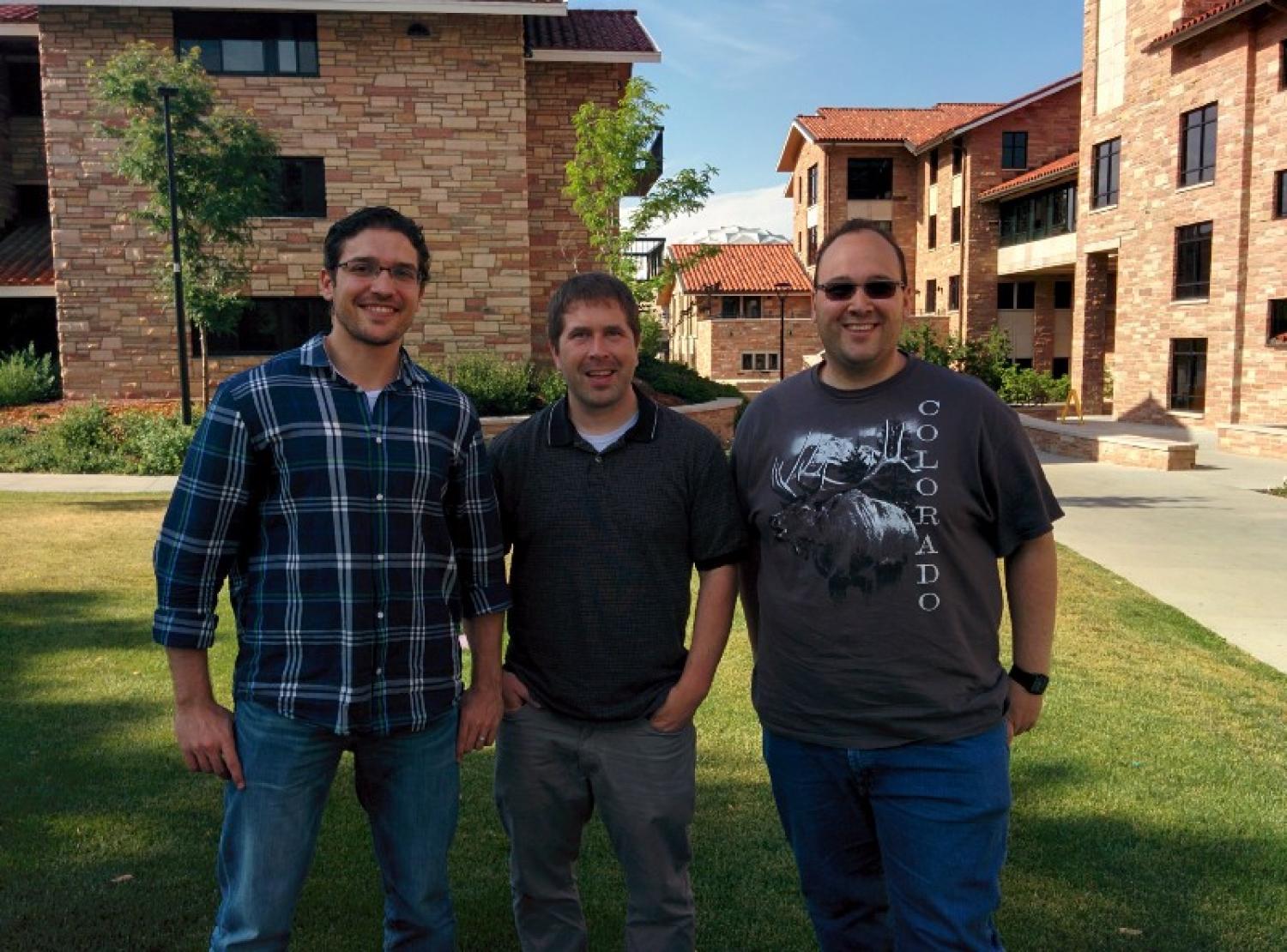ECEE startup chosen to participate in Techstars Boulder accelerator

A startup founded by Assistant Professor Eric Keller, PhD student Murad Kablan and CU Boulder Global Entrepreneur in Residence Nigel Sharp has been chosen to participate in the 2017 class of business accelerator Techstars Boulder.
Stateless was created to commercialize Keller and Kablan’s network virtualization technology, which provides scalable and fault tolerance software-based network functions – firewalls, network address translation and load balancers – that are automatically configured, managed and monitored in data center environments.
Stateless provides these network functions on-demand “as a service,” eliminating the need to acquire, install and maintain specialized hardware or provision capacity up-front. This also allows the service to be offered to cloud managed service provider tenants, as a value-added service.
We talked to Keller about what makes Stateless’ technology unique, and about the next steps for the company.
Can you explain how your concept is different from how networks operate now?
Today, most approaches are based on hardware appliances. So any management requires manual effort (e.g., to satisfy a tenant request for a firewall, a managed service provider takes a couple of weeks to fulfill), and any handling of failure doubles the expenses (the current solution is to have a backup device for every device). More modern approaches create virtual machine versions of the hardware appliance counterpart. But they utilize the same underlying architecture, so they are still limited. They do eliminate the effort of physically plugging an appliance in, but because of the architecture, it’s limited in how it scales (in or out) and how it handles failure.
Your blog mentions that people told you it would be impossible to run networks this way – why is that?
Performance. It was widely believed that tying state to processing was necessary for performance, so when we proposed disaggregating them, people said we would never get the throughput we needed. We proved that wrong, and through system tuning and some other techniques we were able to get comparable performance.
Your team also went through Catalyze CU. What benefits did you take away from that accelerator?
It was a nice structured program, and we got out of the lab and talked to some potential customers. Those initial discussions provided us with the direction to not attempt to force customers to do a rip-and-replace of their equipment, but instead find a way to work in parallel, such as offering them the ability to offer out new services. Also, we met someone at the Demo Day who ultimately invested in the company.
What are you looking to get out of the Techstars program?
The biggest benefit is the guidance you receive. We’ve already met with about 80 mentors as part of “mentor madness” and received some tremendous insights. Plus, many had great connections to potential customers. We’re following up with several of the mentors as well as the customers. There is also a great alumni network and brand awareness that will help accelerate our company.
What are the next steps for your company after Techstars?
We need our initial pilots. We’ve been in discussion with a few companies, but we need to actually be in data centers. We’re hoping that happens during Techstars. After that, we will scale up the sales and refine the product. We’ll need funding, but we’ve submitted some applications for non-equity funding and have been in discussions with many investors.

